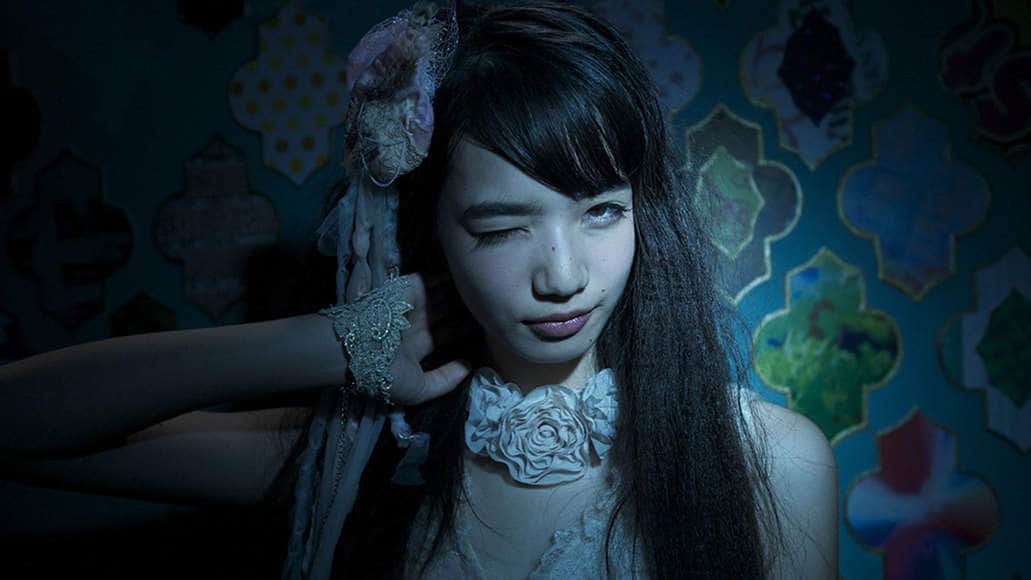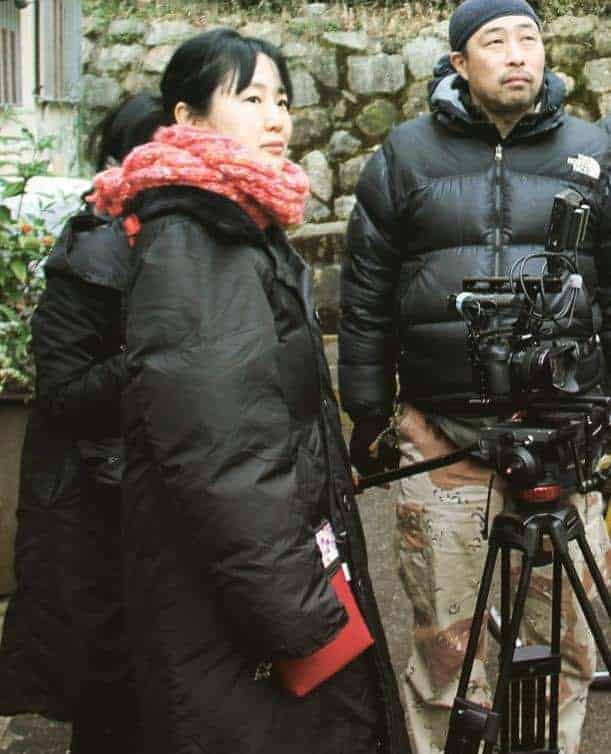In the age of modern media, the concept of the spectator or observer and its implications have to be re-defined somewhat. While news would have to travel many miles before eventually reaching a newspaper reader, the era of digitization has provided a constant stream of wars, catastrophes, events and scandals which can sometimes become overwhelming. In our time and age, the individual has become the disconnected observer looking at various images of the world without the feeling of being able to interfere, or so it seems.
Whatever your reading of these circumstances might be, the fact remains that the individual has to go through many stages in order to overcome the role of the passive spectator. Indian director Rohitaswa Mukherjee has found an interesting, and quite fitting metaphor for this condition, which is already present in the title of his short film “Aquarium“. In the film, which is divided into two parts, a woman (Joyee) leaves her apartment in the city to travel to the Indian countryside, and eventually the ocean. The most important part of her luggage is a small black fish which she keeps in a portable aquarium and that she takes with her all the time.

Considering the beginning of this review, you might expect “Aquarium” to be a political or social statement. While there are certain clues in the images and sounds in the roughly 15 minutes of running time, perhaps the best way to view Mukherjee's film is regarding it as a parable on the feeling of being isolated and caged. This idea is especially true for the first part of the film which takes place in the city and is shot in black and white, capturing the desolation of the urban sphere which the main character feels. Additionally, the repeated shots of the aquarium and the various transparent surfaces – TV screens, windows and cell phone displays – seem to suggest a certain parallel of the human character and the animal as they are both prisoners of these circumstances, only able to watch the outside world as observers.
Obviously, the film, its tone and atmosphere, changes dramatically in the second part. Besides the visual style being changed, the new setting, the music and the sound have become more peaceful and tranquil. Since Mukherjee's film does not rely on any dialogue, the actual change or experience of the woman remains a mystery. At the same time, the nature of the experience is kept unique, enabling for the viewer to go on this journey with the character and to make the observations, the experiences and the feelings his/her own.

Apart from the beautiful cinematography, a special mention has to go to the sound design by Niladrideb Mohanta. Especially in the first part the various piercing noises of the city and the character's apartment, or later on the sound of the village and nature, become an integral part in the journey which is “Aquarium”.
“Aquarium” is a contemplative, beautiful film, which invites its viewers to go on a similar journey as the main character. Its sound design, music and overall mise-en-scene are skillfully crafted, establishing a worthwhile, lasting experience for the viewer.















